-
 Bitcoin
Bitcoin $112200
0.96% -
 Ethereum
Ethereum $4310
0.64% -
 XRP
XRP $2.978
4.28% -
 Tether USDt
Tether USDt $0.9999
-0.02% -
 BNB
BNB $877.9
0.29% -
 Solana
Solana $215.6
6.68% -
 USDC
USDC $0.9997
-0.02% -
 Dogecoin
Dogecoin $0.2387
7.54% -
 TRON
TRON $0.3316
0.73% -
 Cardano
Cardano $0.8633
4.49% -
 Hyperliquid
Hyperliquid $50.46
7.52% -
 Chainlink
Chainlink $23.01
3.82% -
 Ethena USDe
Ethena USDe $1.001
-0.01% -
 Sui
Sui $3.469
2.94% -
 Stellar
Stellar $0.3750
4.79% -
 Bitcoin Cash
Bitcoin Cash $587.2
-2.71% -
 Avalanche
Avalanche $25.48
4.50% -
 Hedera
Hedera $0.2258
3.79% -
 UNUS SED LEO
UNUS SED LEO $9.548
0.05% -
 Litecoin
Litecoin $112.7
-1.24% -
 Cronos
Cronos $0.2527
-2.26% -
 Toncoin
Toncoin $3.098
-0.03% -
 Shiba Inu
Shiba Inu $0.00001287
4.08% -
 Polkadot
Polkadot $4.037
1.46% -
 Uniswap
Uniswap $9.567
3.02% -
 Dai
Dai $0.9997
-0.01% -
 Ethena
Ethena $0.7735
5.26% -
 World Liberty Financial
World Liberty Financial $0.2077
-7.48% -
 Monero
Monero $271.3
0.38% -
 Aave
Aave $302.8
1.35%
How to identify BOLL false breakthroughs? What if the price returns to the channel quickly after breaking through?
Bollinger Bands help traders identify false breakthroughs in crypto markets by monitoring price relative to bands and using volume and other indicators for confirmation.
May 21, 2025 at 07:28 pm
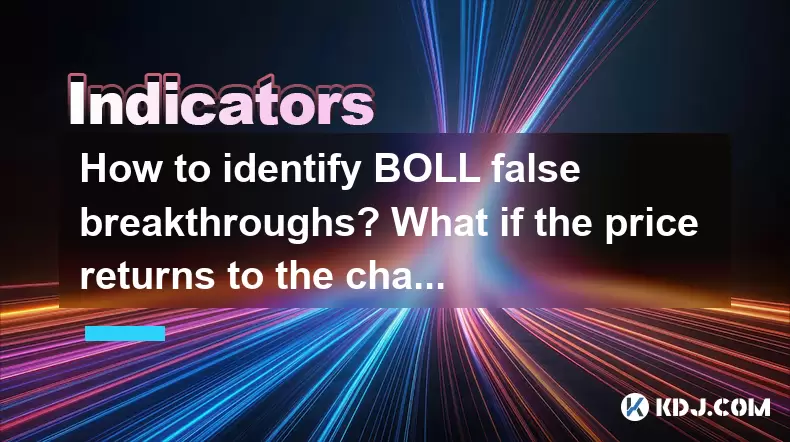
Understanding BOLL Indicators
The Bollinger Bands (BOLL) is a popular technical analysis tool used by traders in the cryptocurrency market to assess volatility and potential price movements. Developed by John Bollinger, this indicator consists of a middle band, which is typically a simple moving average (SMA), and two outer bands that are standard deviations away from the middle band. The standard setting for Bollinger Bands is a 20-day SMA with the outer bands set at two standard deviations.
Identifying False Breakthroughs
A false breakthrough, or false breakout, occurs when the price of an asset moves beyond a significant level (such as the upper or lower Bollinger Band) but fails to sustain that move, quickly returning to the previous range. Identifying these false breakthroughs can help traders avoid entering trades based on misleading signals.
To identify a false breakthrough using Bollinger Bands, consider the following steps:
- Monitor the price movement relative to the bands: A false breakthrough often happens when the price briefly touches or crosses the upper or lower band but then quickly reverses direction.
- Look for volume indicators: A true breakout is usually accompanied by increased trading volume. If the volume does not increase significantly during the breakout, it may indicate a false move.
- Analyze the price action within the bands: If the price quickly returns to the middle band after touching the outer band, it could be a sign of a false breakthrough.
- Consider other technical indicators: Use additional indicators like the Relative Strength Index (RSI) or Moving Average Convergence Divergence (MACD) to confirm or refute the signals given by the Bollinger Bands.
What Happens When the Price Returns to the Channel Quickly?
When the price returns to the channel quickly after breaking through, it can signal a false breakthrough. This scenario often indicates that the market lacks the momentum to sustain the breakout, and the price movement may be influenced by temporary factors rather than a genuine shift in market sentiment.
In such cases, traders should be cautious about entering positions based on the initial breakout. Instead, they might consider the following strategies:
- Wait for confirmation: Before acting on a breakout, wait for additional confirmation from other indicators or price action. If the price fails to hold outside the bands and quickly reverts, it is a strong signal of a false breakthrough.
- Reevaluate entry points: If a false breakthrough occurs, reassess potential entry points. Sometimes, the price might consolidate within the bands before making another move, providing a more reliable trading opportunity.
- Use stop-loss orders: To manage risk, place stop-loss orders just outside the Bollinger Bands. If the price breaks out but quickly returns, the stop-loss can help limit potential losses.
Practical Example of Identifying a False Breakthrough
Let's consider a practical example of how to identify a false breakthrough using Bitcoin (BTC) price data and Bollinger Bands.
- Initial Breakout: Suppose BTC's price touches the upper Bollinger Band at $50,000, indicating a potential breakout.
- Quick Reversal: Within a few minutes, the price drops back to $49,000, which is within the middle band.
- Volume Analysis: During the breakout, the trading volume does not increase significantly, suggesting a lack of strong market interest in the move.
- Confirmation from Other Indicators: The RSI shows that the asset is not overbought, which further supports the idea that the initial breakout was false.
In this scenario, the quick return to the middle band and the lack of volume suggest a false breakthrough. Traders should avoid entering long positions based on this signal and instead wait for a more robust breakout.
Strategies for Trading After a False Breakthrough
After identifying a false breakthrough, traders can use several strategies to capitalize on the subsequent price action:
- Fade the Breakout: This strategy involves taking a position opposite to the initial breakout direction. For example, if the price breaks above the upper band but quickly returns, consider a short position expecting the price to continue falling.
- Range Trading: If the price returns to the channel and starts to consolidate, traders can use the Bollinger Bands to identify the upper and lower boundaries of the range and trade within these limits.
- Wait for a Retest: Sometimes, after a false breakthrough, the price might retest the broken level. If the price fails to break out again, it reinforces the false breakthrough signal and can provide a trading opportunity.
Using Bollinger Bands in Conjunction with Other Tools
While Bollinger Bands are a powerful tool, they are most effective when used in conjunction with other technical indicators. Here are some complementary tools to consider:
- RSI: The Relative Strength Index can help identify overbought or oversold conditions, which can confirm or refute signals from the Bollinger Bands.
- MACD: The Moving Average Convergence Divergence can provide insights into momentum and potential trend changes, which can be crucial in confirming breakouts or identifying false signals.
- Candlestick Patterns: Analyzing candlestick patterns can offer additional confirmation of breakouts or reversals, helping traders make more informed decisions.
Frequently Asked Questions
Q: Can Bollinger Bands be used for all cryptocurrencies?A: Yes, Bollinger Bands can be applied to any cryptocurrency that has sufficient trading volume and price data. However, the effectiveness may vary depending on the liquidity and volatility of the specific asset.
Q: How often should I adjust the settings of Bollinger Bands?A: The standard settings for Bollinger Bands (20-day SMA and 2 standard deviations) are widely used and effective for most trading scenarios. However, traders may adjust these settings based on their trading style and the specific market conditions they are analyzing.
Q: What is the best timeframe to use Bollinger Bands for identifying false breakthroughs?A: The effectiveness of Bollinger Bands in identifying false breakthroughs can vary depending on the timeframe used. Shorter timeframes (like 15-minute or 1-hour charts) may be more suitable for day traders looking to capitalize on quick price movements, while longer timeframes (like daily or weekly charts) may be better for swing traders or investors looking at broader trends.
Q: Are there any common mistakes traders make when using Bollinger Bands?A: One common mistake is relying solely on Bollinger Bands without considering other indicators or market conditions. Another mistake is not adjusting the bands' settings to match the volatility of the asset being traded, which can lead to false signals.
Disclaimer:info@kdj.com
The information provided is not trading advice. kdj.com does not assume any responsibility for any investments made based on the information provided in this article. Cryptocurrencies are highly volatile and it is highly recommended that you invest with caution after thorough research!
If you believe that the content used on this website infringes your copyright, please contact us immediately (info@kdj.com) and we will delete it promptly.
- Worldcoin's Wild Ride: Treasury Tactics and Price Gains, a New York Minute
- 2025-09-09 14:25:15
- Hotcoin Lists Luxury Travel Token (LTT): Your Ticket to Crypto-Fueled Luxury?
- 2025-09-09 14:25:15
- Household Debt: Peeking into the 2025 Crystal Ball
- 2025-09-09 12:25:15
- Bitcoin Core, Censorship, and the Ordinals Leader: A Showdown Looms?
- 2025-09-09 12:25:15
- Bitcoin, Solana, and Hacks: Navigating the Crypto Minefield, the New York Way
- 2025-09-09 12:30:12
- AI Models, Bitcoin Trend, and the September Shock: What's the Deal?
- 2025-09-09 12:30:12
Related knowledge
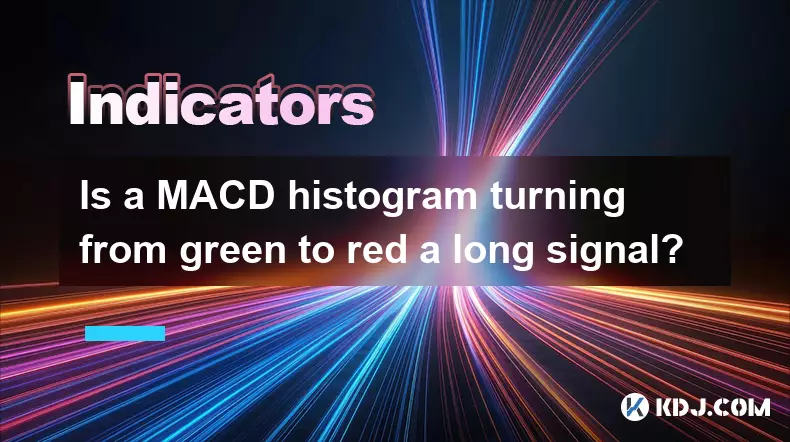
Is a MACD histogram turning from green to red a long signal?
Sep 09,2025 at 01:54pm
Understanding the MACD Histogram in Crypto Trading1. The MACD (Moving Average Convergence Divergence) histogram is a visual representation of the diff...
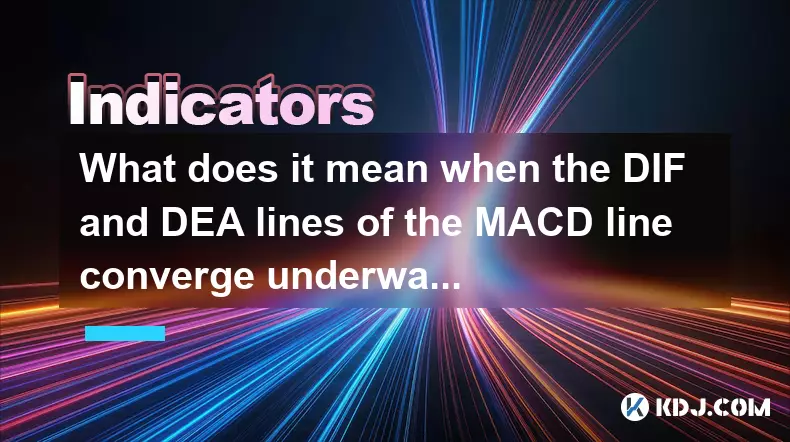
What does it mean when the DIF and DEA lines of the MACD line converge underwater?
Sep 09,2025 at 07:55am
Understanding MACD Components in Bearish Territory1. The MACD indicator consists of three elements: the DIF (Difference), DEA (Signal line), and the M...
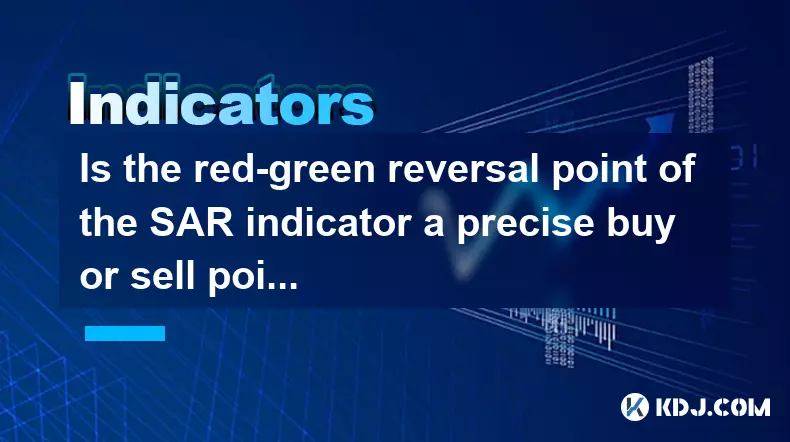
Is the red-green reversal point of the SAR indicator a precise buy or sell point?
Sep 09,2025 at 11:18am
Understanding the SAR Indicator in Cryptocurrency TradingThe SAR (Stop and Reverse) indicator, developed by J. Welles Wilder Jr., is a popular tool us...
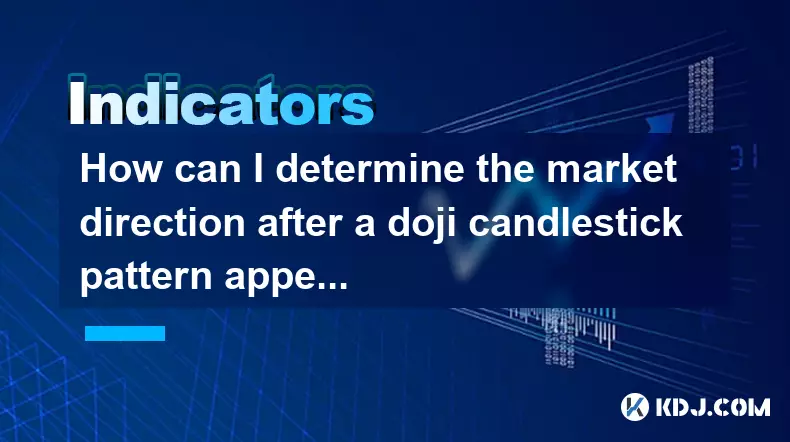
How can I determine the market direction after a doji candlestick pattern appears?
Sep 09,2025 at 05:37am
Understanding the Doji Candlestick in Crypto Markets1. The doji candlestick is a critical formation that signals indecision between buyers and sellers...

How do I confirm a reversal after a "Morning Star" candlestick pattern appears?
Sep 09,2025 at 05:19am
Understanding the Morning Star Candlestick Pattern1. The Morning Star is a bullish reversal pattern that typically forms at the end of a downtrend. It...

What does it mean when the moving averages are stuck together for a long period of time?
Sep 09,2025 at 02:19pm
What Happens When Moving Averages Cluster Together?When moving averages remain tightly grouped over an extended duration, it signals a phase of market...

Is a MACD histogram turning from green to red a long signal?
Sep 09,2025 at 01:54pm
Understanding the MACD Histogram in Crypto Trading1. The MACD (Moving Average Convergence Divergence) histogram is a visual representation of the diff...

What does it mean when the DIF and DEA lines of the MACD line converge underwater?
Sep 09,2025 at 07:55am
Understanding MACD Components in Bearish Territory1. The MACD indicator consists of three elements: the DIF (Difference), DEA (Signal line), and the M...

Is the red-green reversal point of the SAR indicator a precise buy or sell point?
Sep 09,2025 at 11:18am
Understanding the SAR Indicator in Cryptocurrency TradingThe SAR (Stop and Reverse) indicator, developed by J. Welles Wilder Jr., is a popular tool us...

How can I determine the market direction after a doji candlestick pattern appears?
Sep 09,2025 at 05:37am
Understanding the Doji Candlestick in Crypto Markets1. The doji candlestick is a critical formation that signals indecision between buyers and sellers...

How do I confirm a reversal after a "Morning Star" candlestick pattern appears?
Sep 09,2025 at 05:19am
Understanding the Morning Star Candlestick Pattern1. The Morning Star is a bullish reversal pattern that typically forms at the end of a downtrend. It...

What does it mean when the moving averages are stuck together for a long period of time?
Sep 09,2025 at 02:19pm
What Happens When Moving Averages Cluster Together?When moving averages remain tightly grouped over an extended duration, it signals a phase of market...
See all articles
























































































